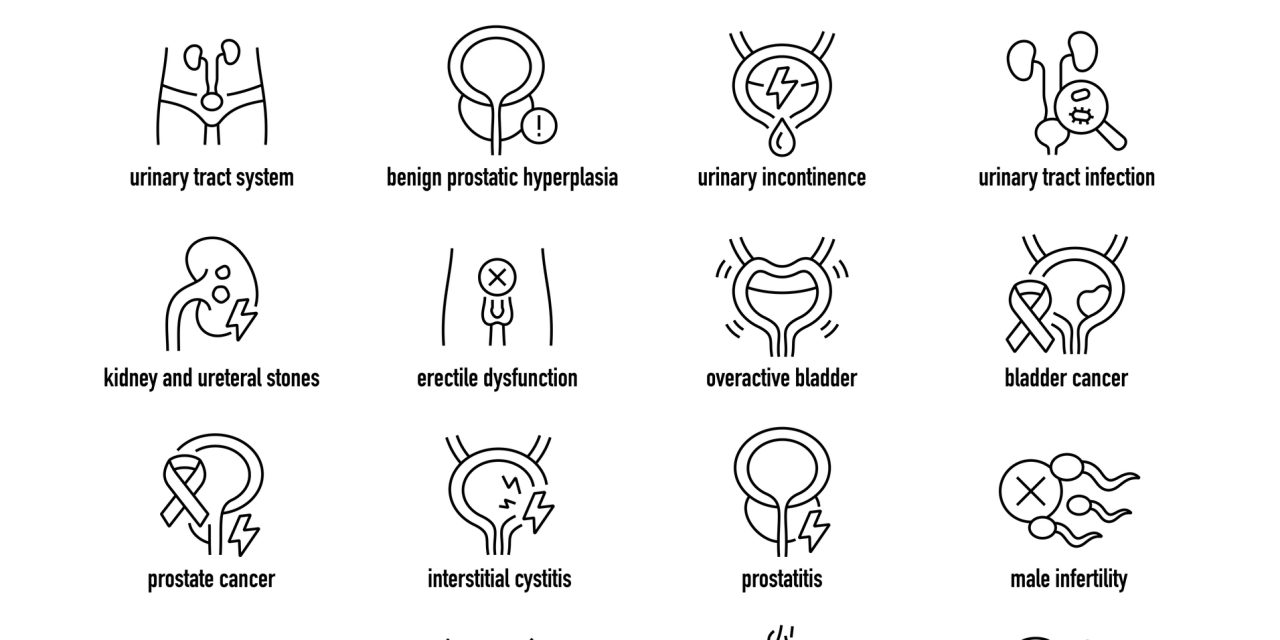Bacterial infections may complicate the course of COVID-19 patients. The rate and predictors of bacterial infections were examined in patients consecutively admitted with COVID-19 at one tertiary hospital in Madrid between March 1st and April 30th, 2020. Among 1594 hospitalized patients with COVID-19, 135 (8.5%) experienced bacterial infectious events, distributed as follows: urinary tract infections (32.6%), bacteremia (31.9%), pneumonia (31.8%), intra-abdominal infections (6.7%) and skin and soft tissue infections (6.7%). Independent predictors of bacterial infections were older age, neurological disease, prior immunosuppression and ICU admission (p < 0.05). Patients with bacterial infections who more frequently received steroids and tocilizumab, progressed to lower Sap02/FiO2 ratios, and experienced more severe ARDS (p < 0.001). The mortality rate was significantly higher in patients with bacterial infections as compared to the rest (25% vs 6.7%, respectively; p < 0.001). In multivariate analyses, older age, prior neurological or kidney disease, immunosuppression and ARDS severity were associated with an increased mortality (p < 0.05) while bacterial infections were not. Conversely, the use of steroids or steroids plus tocilizumab did not confer a higher risk of bacterial infections and improved survival rates. Bacterial infections occurred in 8.5% of patients hospitalized with COVID-19 during the first wave of the pandemic. They were not independently associated with increased mortality rates. Baseline COVID-19 severity rather than the incidence of bacterial infections seems to contribute to mortality. When indicated, the use of steroids or steroids plus tocilizumab might improve survival in this population.© 2021. The Author(s).
Bacterial infections in patients hospitalized with COVID-19.


